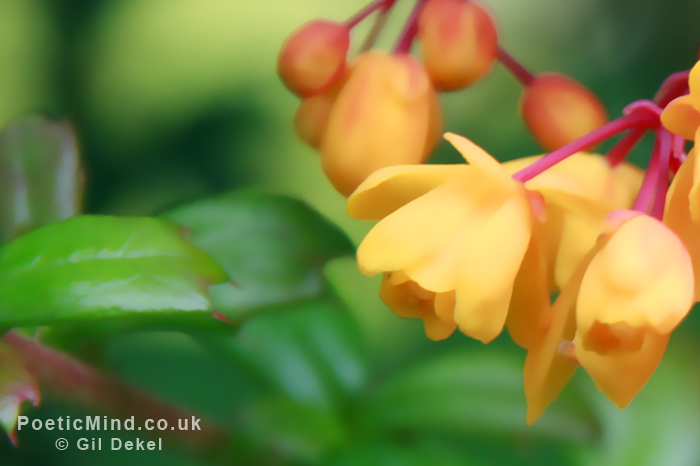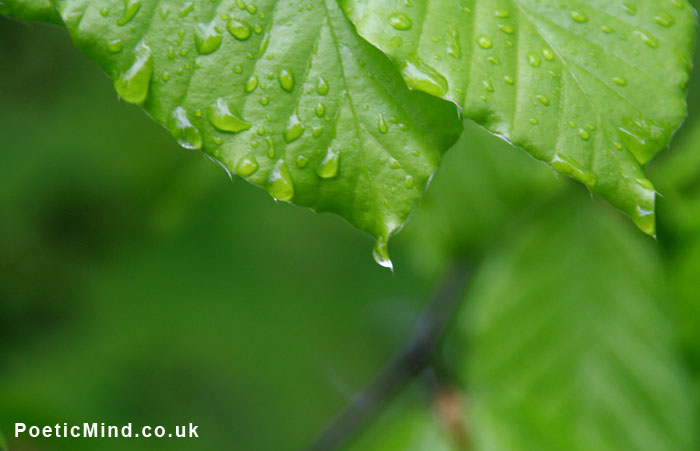Steve Harrison interviewed by Natalie Dekel. Part 3 of 5.
Part 3. Go to Part 1. 2. 4. 5.
Natalie Dekel: Some people who practice may say, “I want to be humble so I won’t eat that, I won’t do this or that…” But, isn’t that an imposed humility? Because there’s still judgment there.
Steve Harrison: Yes; basically, it is a ‘not being good enough’ in the first place.
In the practicing the art of being in situations and becoming ‘now’ with it, you do not want to be someone or something, or even having opinion or preconceived idea about how a situation should be. Just sense a becoming nothing, becoming a nobody in the situation. And in that space, you become very like wet clay in the hands of the creator. Then we can respond intuitively and spontaneously and from the heart in that situation, rather than respond as a ‘somebody’. A ‘somboy’ is very limited and narrow.
Natalie: In many spiritual traditions there is a talk about ‘grounding’. Why there’s a need for being grounded?
Steve: Grounding means keeping it in reality and practical, and making sure it’s actualized and being lived, which is why we call this “living yoga”. It is simply a reminder that it’s not an escape into another world, it’s not moving into a spiritual fantasy. It is not a separation from the world out there in order to come into a world in here. It’s an inclusive joining and opening to everything that exists. And this in itself keeps it very much on the earth…
The question of whether we can remain open in all our living situations, with the children, with the parents, with being in the supermarket, at work… all these living situations keeps it on earth, and it’s good that it’s on earth.
Which one is the ‘real’ reality, so to speak, and which one is a constructed one? You said that the thing behind the walls that we build is the actual reality of Being. So how does it work when living in the constructed reality of everyday life?
I don’t know, I’m not too keen on creating division between two kinds of reality, where you have reality and the non-reality.
I can say that ‘Steve’ can construct a whole world of his own inside of his own head according to what he’s learned, what he believes, what he identifies with. And this will skew or alter Steve’s view of the world. So Steve will be seeing through that opaque glass, because Steve’s seeing is coming through all kinds of conditioning and opinions.
There’s no fundamental disharmony between this reality in here, and this reality out here. There is no divide. This reality can’t be disconnected from the underlying reality in the same way that the wave can’t be disconnected from the ocean. It rises and falls on the ocean but it remains the ocean… We sometimes inclined to say: this is God, this is consciousness, this is existence. Yet, there’s nothing that can be taken out and stand on its own, separate from everything else.
But we can think it, and see it differently according to our ideas. The illusion is the one we create on our own.
Do you think the illusion is also part of reality?
Yes, absolutely. It can’t not-exist as a part of reality. Even the ego is a part of reality.
Why do we need to think about removing boundaries if it’s normal to live the un-aware life?
We don’t. You’re perfectly given free will to do the activity or not, as you wish – isn’t it great? Existence is placing no demands; it’s given you complete freedom to live a life behind the shield or to live a life without a shield. I don’t feel it minds either way, it seems.
So you can go either way.
It seems pretty free; we’re making the choices. We might be seemingly doing it unconsciously a lot of the time but on some deeper level, we’ve chosen to be unconscious.
Yoga movements change your awareness so it’s constructed to shake that up.
Yes.
So there’s some kind of guidance towards a different choice.
There’s guidance towards recognizing your aliveness and recognizing your awake-ness. I guess you could say: expanding, deepening your awareness and bringing that which is currently a little bit unconscious (it’s not totally unconscious, because on a deep level we know.)
It works to stimulate us to love being fully alive, rather than suppressing our energies.
Yoga originated hundreds of years ago and it seems that the needs of people then are the same as today… little has changed.
Nothing’s changed… The level of consciousness that human-beings are functioning at is variable; that changes. But the underlying message in the method is essentially the same. Some of the techniques may be more effective in some conditions or with some people, but the underlying practice of yoga and its philosophy is universal and eternal. It will always be the case whether it’s thousands of years from now or tens of thousands of years before.
The human condition doesn’t really change that much in the way we cause ourselves to suffer and whether we set ourselves free. These always are going to be very simple.
So the main message is: being aware of what we create mentally?
Yes. To enjoy being conscious again, and to use every living situation as an opportunity to show up, open up, fall into humility and be used by life rather than coming in with so many fixed ideas about how it is or how it should be.
For just a moment, drop all the opinions and all judgment and all self-concerns; and simply let yourself open. You see, yoga is giving us a conscious connection, sensitivity to our instrument of our body and mind so that we can feel when it’s closing in. And we also know how to soften that, to drop the veil so that we can function in openness and emptiness that bring clarity and love.
End of Part 3. Go to Part 1. 2. 4. 5.
7 May 2014.
Exclusive publishing rights © Natalie Dekel and Gil Dekel. Images © Gil Dekel. Text editor: Gil Dekel. Interview conducted on 29 April 2014 in Southampton. Steve is based in Southampton, UK. Natalie is based in the UK. Steve’s Website. Natalie’s Encaustic Wax Virtual Exhibition.




 - Reading with Natalie, book here...
- Reading with Natalie, book here...